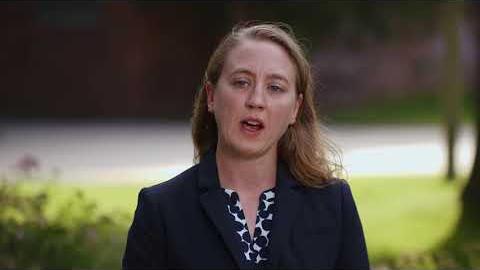Better understanding of the surface chemistry of the SARS-CoV-2 virus is needed to reduce transmission and accelerate vaccine design.
Researchers at Michigan Tech, TÜV SÜD UK National Engineering Laboratory and University of Edinburgh call for increased research on virus surface stability and interaction in “Surface Chemistry Can Unlock Drivers of Surface Stability of SARS-CoV-2 in Variety of Environmental Conditions” in the journal Cell Press. They highlight the need to understand the different environmental conditions that affect the surface chemistry of viruses like SARS-CoV-2, the virus that causes the disease COVID-19.
Creating an Unfriendly Surface for Viruses
We’re told to wash our hands with soap for 20 seconds to kill viruses. Why? Because the soap interacts with the surface chemistry of a virus, particularly the lipid, or fatty, casing around it, and essentially makes the virus explode.
Handwashing is a clear example of why understanding how viruses interact with surface environments is important. Increased research will better equip us to diminish how long viruses survive on surfaces or in the air, an important way to stop the spread.

Virus Surface Chemistry and COVID-19
Expand
Research by Michigan Tech’s Health Research Institute seeks to understand the surface chemistry of viruses and how its interactions with surfaces – stainless steel, copper, plastic, cardboard – can increase the virus’s viability or kill the virus particles.
“If the surface is not friendly, it’s easier for the virus to fall apart. Where the virus has more friendly interactions with the surface, it’s more likely to stay infectious,” said Caryn Heldt, professor of chemical engineering and director of the Health Research Institute at Michigan Technological University.







